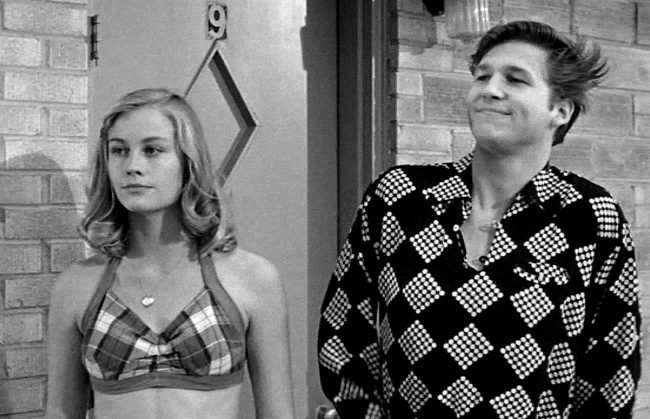Join Laemmle and Eat|See|Hear for Fall in February at the NoHo 7 in North Hollywood! Every Thursday in February our Throwback Thursday (#TBT) series presents one of our favorite quirky love stories! Doors open at 7PM, trivia starts at 7:30PM, and films begin at 7:40PM! It all starts Thursday, February 2nd with HAROLD AND MAUDE. Check out the full schedule below. For tickets and our full #TBT schedule, visit laemmle.com/tbt!
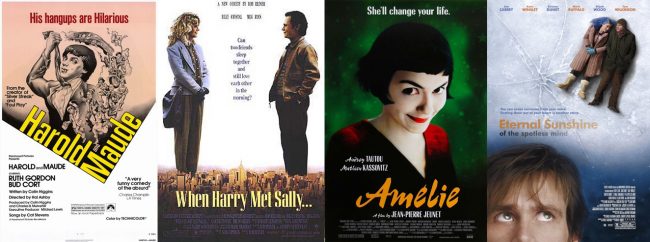
February 2: HAROLD AND MAUDE (1971)
Young, rich, and obsessed with death, Harold finds himself changed forever when he meets lively septuagenarian Maude at a funeral. Get tickets.
February 9: WHEN HARRY MET SALLY (1989)
Harry and Sally have known each other for years, and are very good friends, but they fear sex would ruin the friendship. Get tickets.
February 16: AMELIE (2001)
One woman decides to change the world by changing the lives of the people she knows in this charming and romantic comic fantasy from director Jean-Pierre Jeune. Get tickets.
February 23: ETERNAL SUNSHINE OF THE SPOTLESS MIND (2004)
When their relationship turns sour, a couple undergoes a procedure to have each other erased from their memories. But it is only through the process of loss that they discover what they had to begin with. Get tickets.

 It’s time for our annual Predict the Oscars Contest! The person who most accurately predicts the Academy of Motion Picture Arts and Science’s choices in all 24 categories, from the shorts to Best Motion Picture, will win fabulous prizes (free movies and concessions at Laemmle)!
It’s time for our annual Predict the Oscars Contest! The person who most accurately predicts the Academy of Motion Picture Arts and Science’s choices in all 24 categories, from the shorts to Best Motion Picture, will win fabulous prizes (free movies and concessions at Laemmle)!
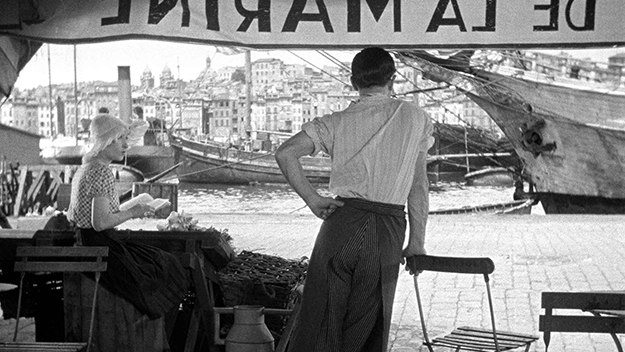
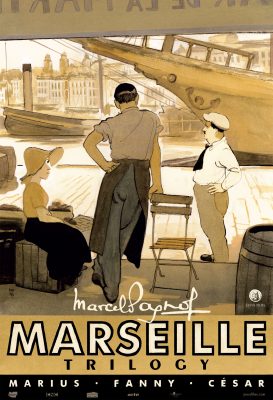 “Though directed by three different filmmakers, the trilogy is written by Pagnol and thus governed by his distinctive voice and style. The first film “
“Though directed by three different filmmakers, the trilogy is written by Pagnol and thus governed by his distinctive voice and style. The first film “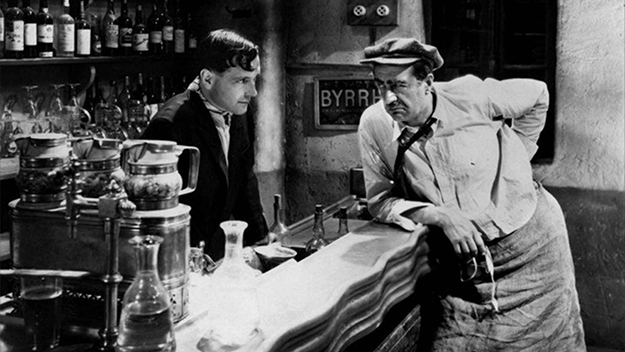

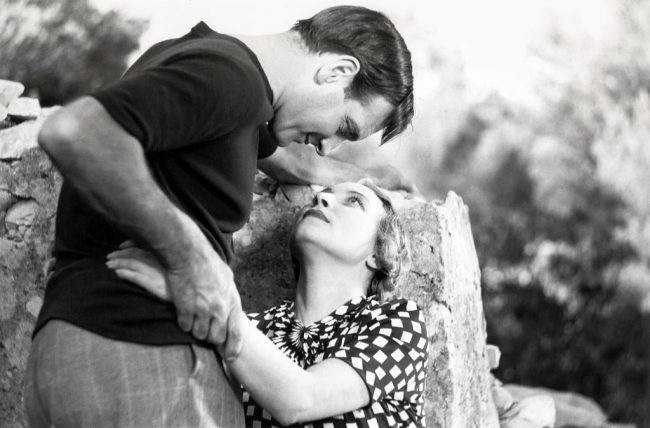
 On January 14 the
On January 14 the  THE TURNING POINT tells the story of two friends who started out together as dancers in a national ballet company (modeled on American Ballet Theatre).
THE TURNING POINT tells the story of two friends who started out together as dancers in a national ballet company (modeled on American Ballet Theatre).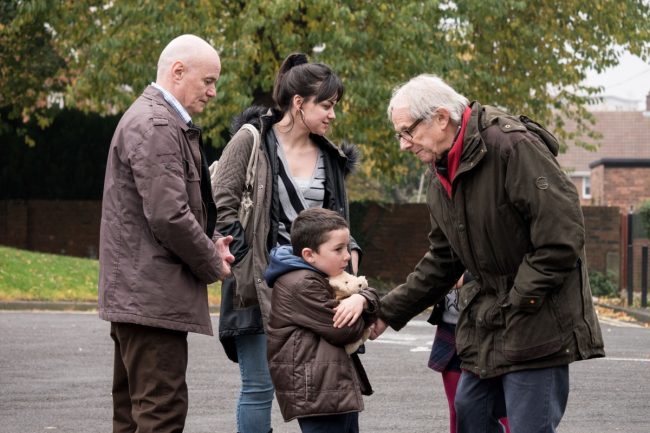


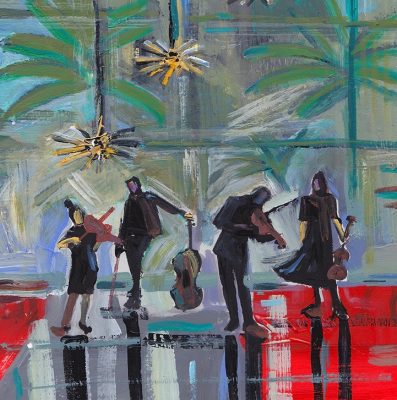
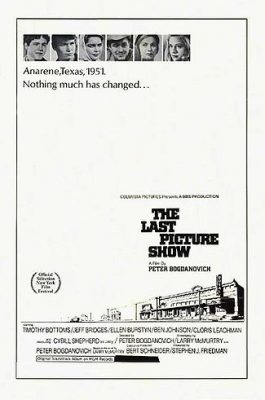 Adapted from Larry McMurtry’s acclaimed novel,
Adapted from Larry McMurtry’s acclaimed novel, 